

Bridge
The bridge was the general headquarters of the ship, and deck officers were on watch duty here 24 hours a day to ensure the ship’s safety. The radio room behind the bridge was a chart room at the time of completion.
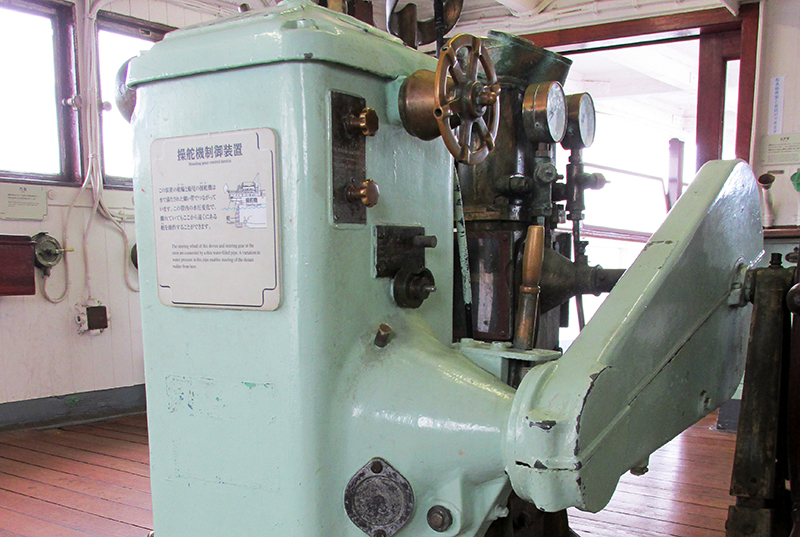
Steering gear control device
The steering wheel of this device and steering gear at the stern are connected by a thin water-filled pipe. A variation in water pressure in this pipe enables steering of the distant rudder from here.
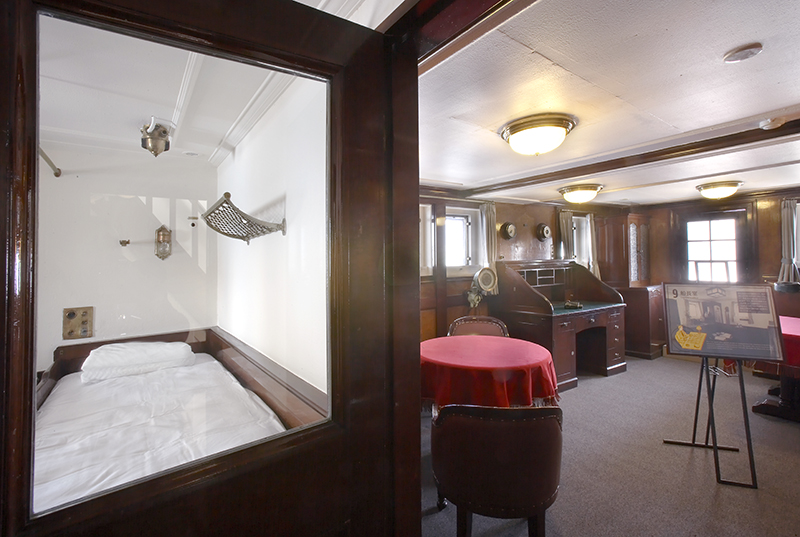
Captain's office
The captain’s office and bedroom were directly below the bridge so that he could react quickly if necessary.

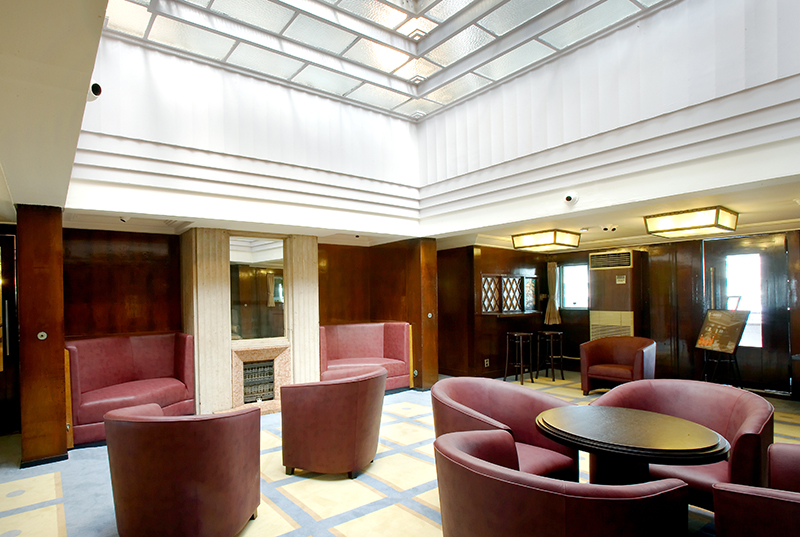
First-class smoking room
This smoking room was fully stocked with some of the world’s highest quality liquor and tobacco. In this social area, gentlemen played card games while smoking and enjoying spirits.
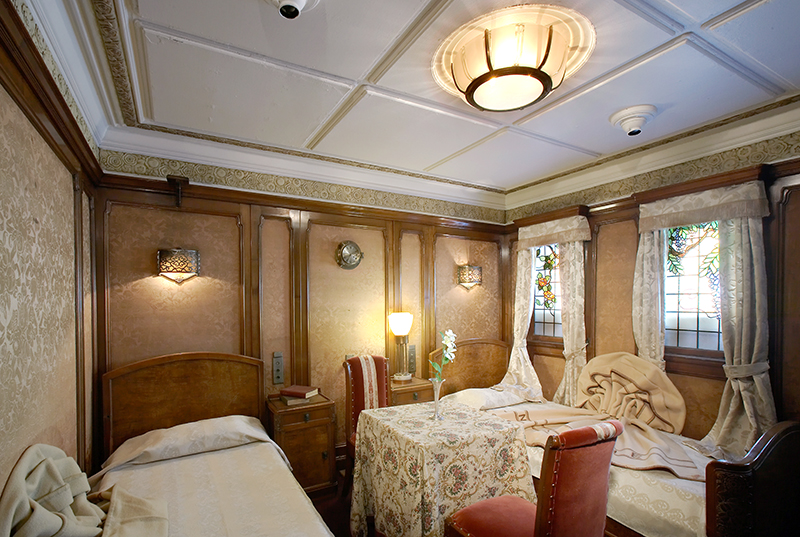
Deluxe cabin
The deluxe cabin was a suite used by honored and distinguished guests, including Charles Chaplin and Prince and Princess Chichibu. The interior decoration of the room was taken on by Japanese craftsman Kawashima Jinbei III, and the original appearance of the wallpaper and other elements has been preserved.
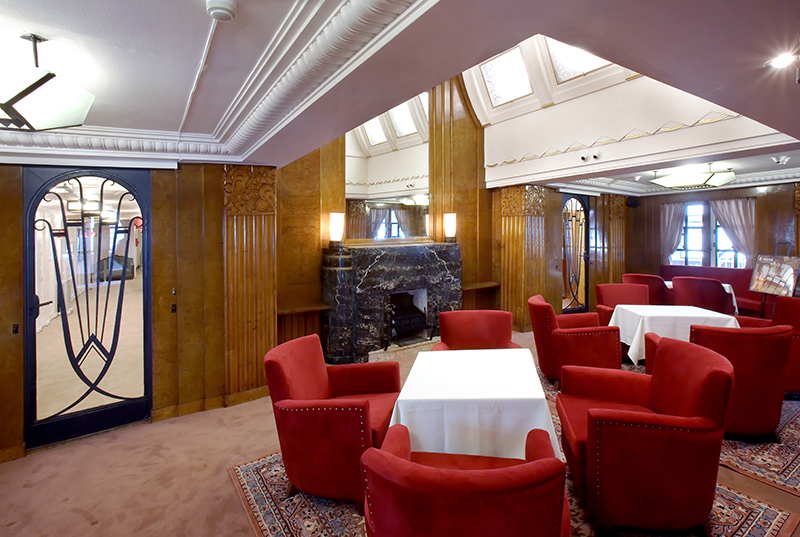
First-class lounge
This is the main hall. It was used for official receptions, and at night, chairs and carpets were removed for social events, such as dances for first-class passengers. This hall features an elegant Art Deco interior because it was mostly a social area for ladies.

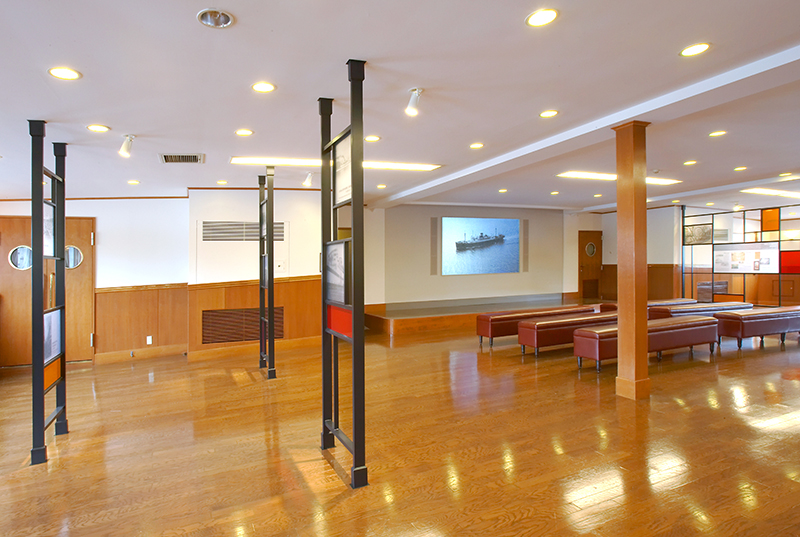
Entrance lobby
The images shown on a large-screen display and the photos provide you with an abridged history of Hikawa Maru. During the time the ship was operational, this area was a roofless deck with a cargo hatch for taking cargo in and out, and included derricks (a form of crane forraising and lowering cargo).

First-class nursery
This was a playroom for the children of first-class passengers. Children were cared for by female crew members called “stewardesses.” On the walls immediately below the ceiling, paintings are drawn with Japanese children as the motif.
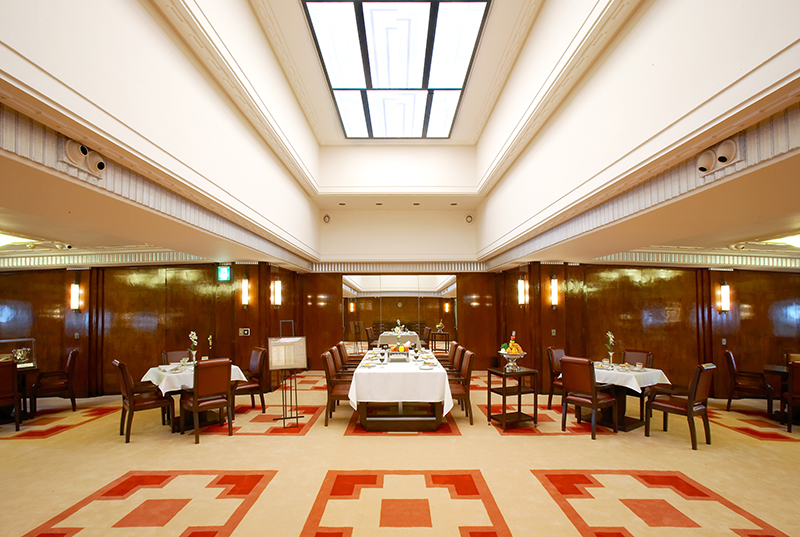
First-class dining saloon
This dining saloon exclusively for first-class passengers was the ship’s elegant main dining area, and even though it occupied a limited space, it featured a large room that spanned the entire breadth of the hull, an Art Deco interior, and a peaked ceiling at the center.


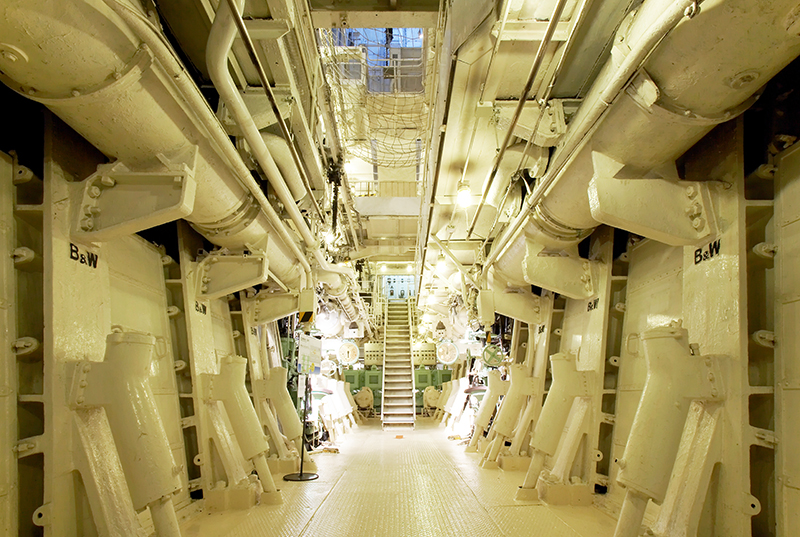
Engine room
You can see the engine as it was when it was operational. Eight-cylinder diesel engines were installed on both the right and left sides. The ship was propelled forward by two rotating propellers, with the crankshaft rotated by the up-and-down piston motion inside the cylinders.
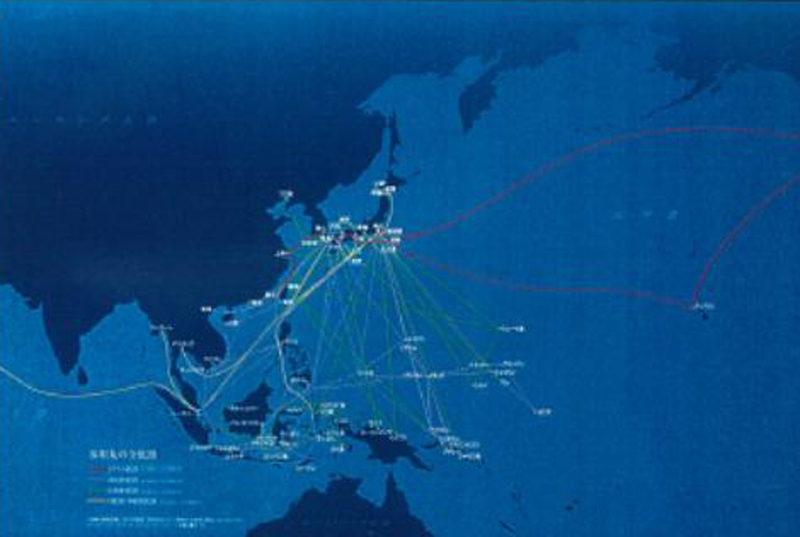
Exhibition Room【Tracing the wake of Hikawa Maru】
~Hikawa Maru served through a turbulent time~
Hikawa Maru made 127 voyages during its 30 years of active service in the transpacific rute, not only as a cargo-passenger liner linking Japan and America but also as a hospital ship carrying wounded or sick soldiers during World War ll. After the war, it played a major role in bringing home repatriating Japanese soldiers and civilians. In total, the ship carried some 90,000.
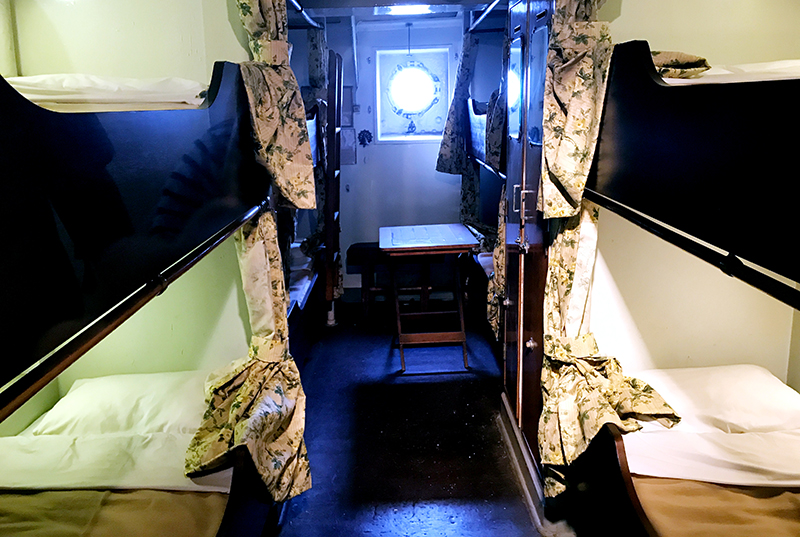
Third-class cabin
The third-class cabins were located separately from other class cabins, and passengers in the third class could not freely associate with passengers in different classes.